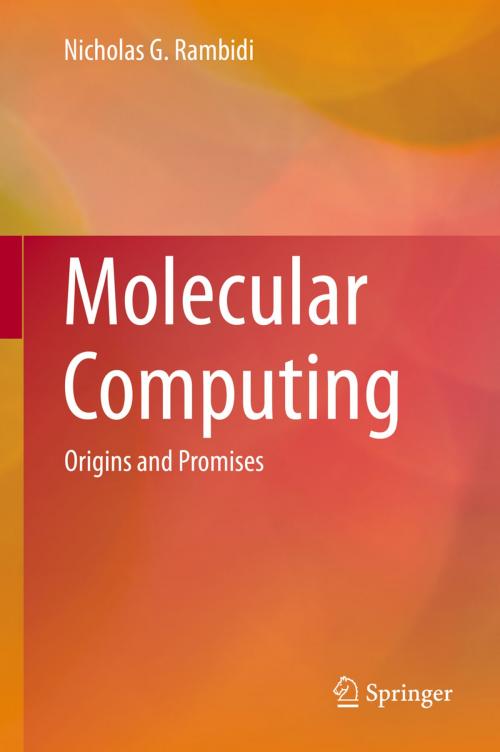Molecular Computing
Origins and Promises
Nonfiction, Science & Nature, Science, Other Sciences, Nanostructures, Technology, Material Science| Author: | Nicholas G. Rambidi | ISBN: | 9783211996997 |
| Publisher: | Springer Vienna | Publication: | October 9, 2014 |
| Imprint: | Springer | Language: | English |
| Author: | Nicholas G. Rambidi |
| ISBN: | 9783211996997 |
| Publisher: | Springer Vienna |
| Publication: | October 9, 2014 |
| Imprint: | Springer |
| Language: | English |
The question whether molecular primitives can prove to be real alternatives to contemporary semiconductor means or effective supplements extending greatly possibilities of information technologies is addressed. Molecular primitives and circuitry for information processing devices are also discussed. Investigations in molecular based computing devices were initiated in the early 1970s in the hopes for an increase in the integration level and processing speed. Real progress proved unfeasible into the 1980´s. However, recently, important and promising results were achieved. The elaboration of operational 160-kilobit molecular electronic memory patterned 1011 bits per square centimeter in the end of 90´s were the first timid steps of information processing further development. Subsequent advances beyond these developments are presented and discussed. This work provides useful knowledge to anyone working in molecular based information processing.
The question whether molecular primitives can prove to be real alternatives to contemporary semiconductor means or effective supplements extending greatly possibilities of information technologies is addressed. Molecular primitives and circuitry for information processing devices are also discussed. Investigations in molecular based computing devices were initiated in the early 1970s in the hopes for an increase in the integration level and processing speed. Real progress proved unfeasible into the 1980´s. However, recently, important and promising results were achieved. The elaboration of operational 160-kilobit molecular electronic memory patterned 1011 bits per square centimeter in the end of 90´s were the first timid steps of information processing further development. Subsequent advances beyond these developments are presented and discussed. This work provides useful knowledge to anyone working in molecular based information processing.















